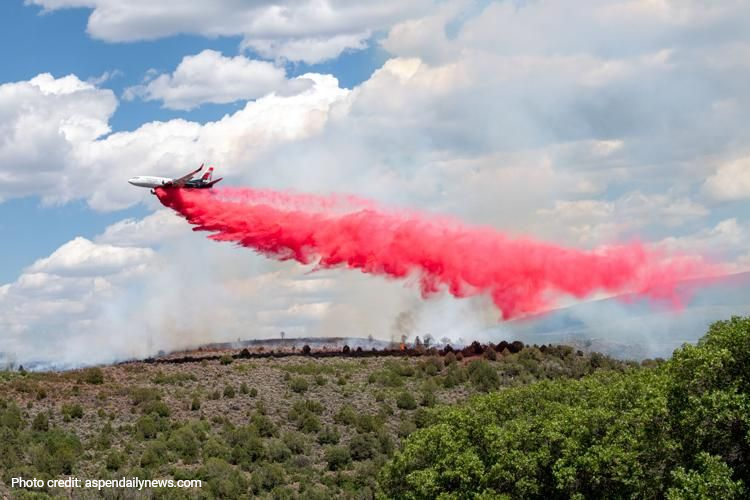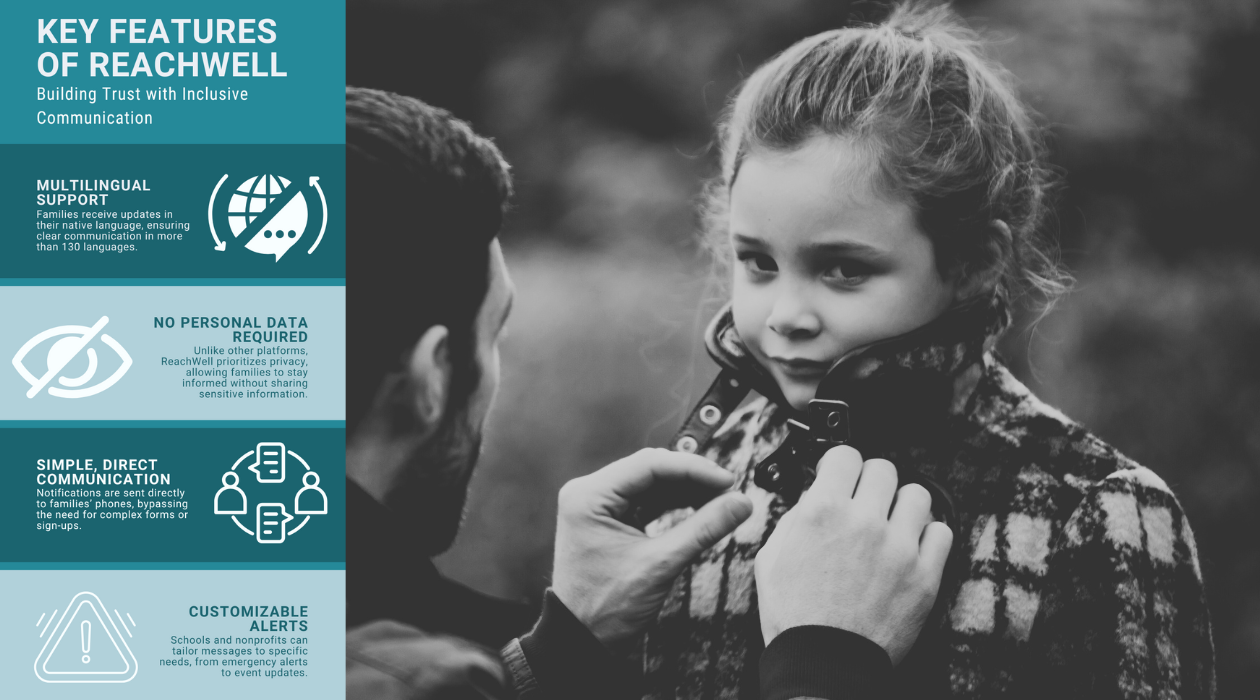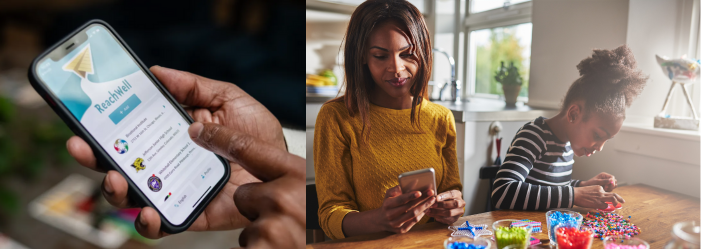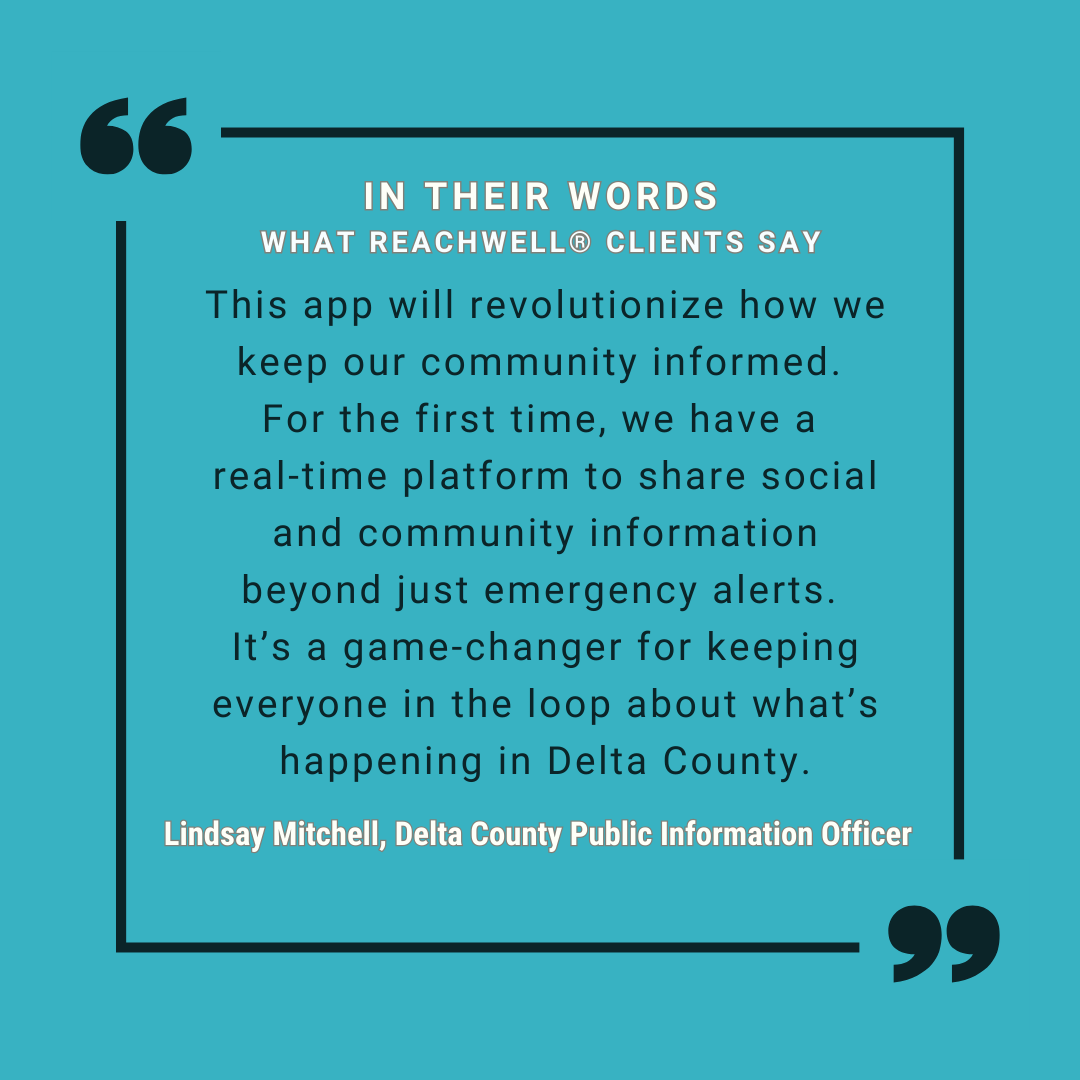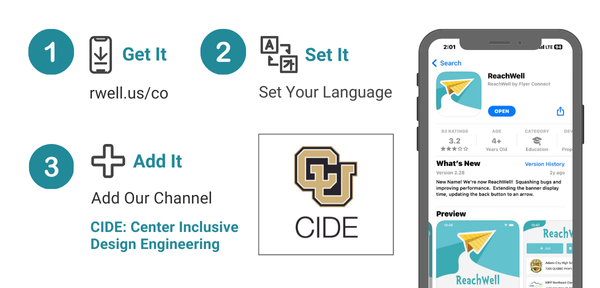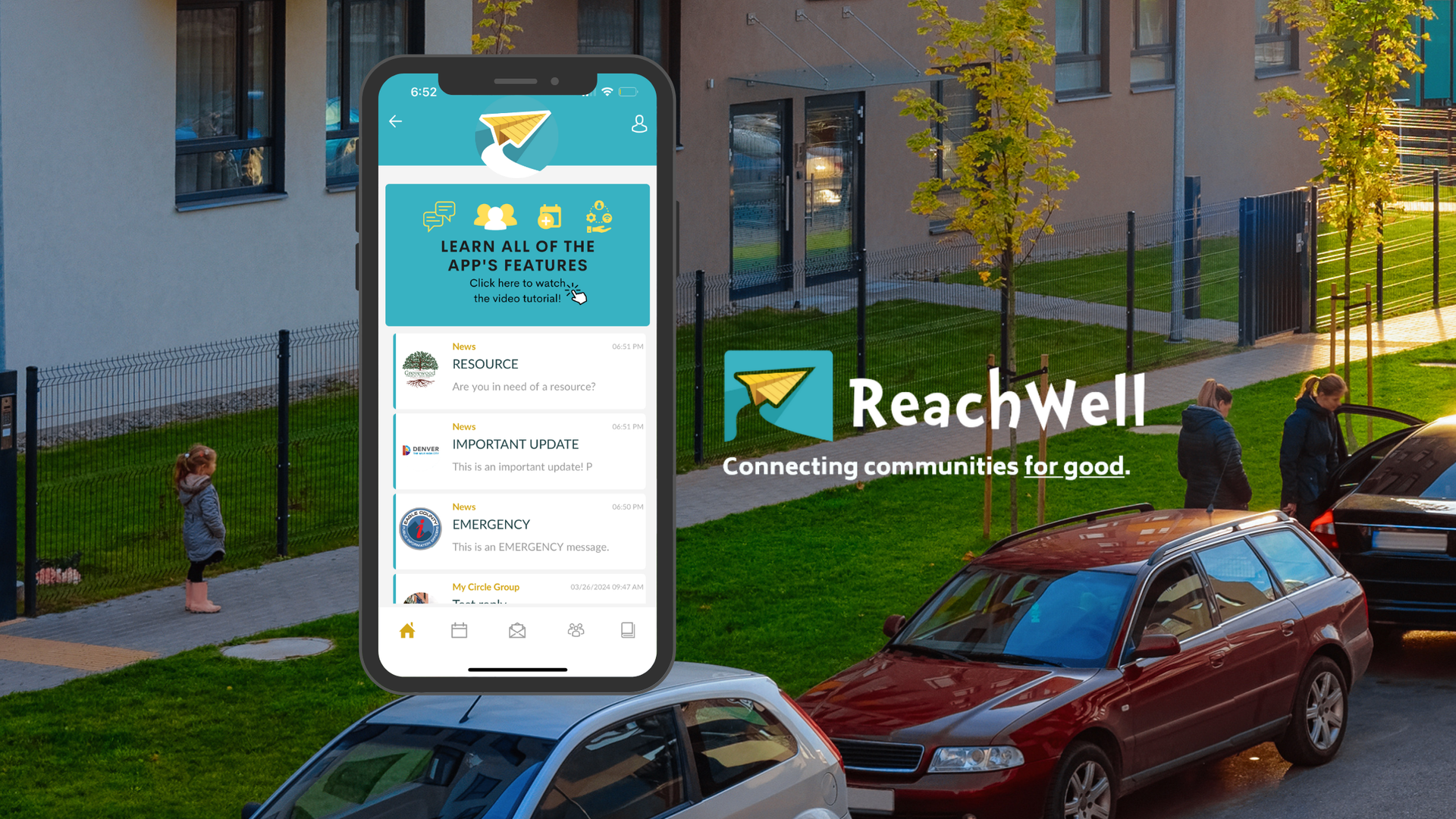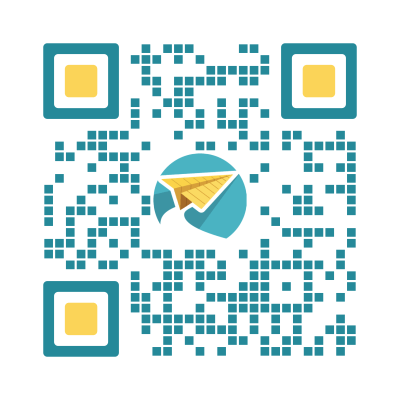Family Survey Results: ReachWell App Notifications Preferred over Texts and Emails
Over the summer, over 700 family contacts completed a survey to let us know how they prefer to receive communication from their schools.

This summer, Flyer Connect surveyed the community to understand what features they are using most in the app, and how they want to receive family communication. Here's what families told us:
Flyer Connect notifications are the preferred method of communication by over 150 percent
When asked their preferred method of communication, families told us that they want Flyer Connect app notifications 150% more than email and 170% more than texts. Only 4% of responses wanted school updates from calls, and 1% want to get updates on Facebook.
Respondents said they preferred Flyer Connect app notifications over other methods because the app is "one location for notes and notifications" and because they easily "can refer back if I miss information or need a reminder." Unlike email or text, they don't need to search through a full inbox to find the information they need. "The [Flyer Connect] notifications are more like alerts and catch my attention quicker than an email. Emails can get lost."
Our recommendations : Text messages are a perfect way to send out quick emergency notifications and emails can complement your app notifications. Some Flyer Connect partners will send an email and app notification at the same time. Families can opt out of email notifications through the app if they don't want to get the same communication twice.
Families love the "easy to find calendars"
One feature families repeatedly told us they appreciate about the Flyer Connect app is the calendar feature. "I like seeing a calendar and daily events."
Families told us they want their schools to use the calendar feature even more. Some wished their classrooms connected their calendar to the app, so they could see classroom assignments. One of the more consistent complaints was that calendars weren’t always kept up-to-date, which caused confusion if schedule changes occurred.
Our recommendations:
When building out a family-facing calendar, first add all district events, like the first day of school, testing dates, and holidays. After, add events four weeks into the future at a time. That will help keep your calendar up-to-date, and will avoid the likelihood of listing rescheduled events on the wrong dates. As a bonus feature, have your teachers connect their classroom calendars to their groups, so that families can easily keep up with assignments!
Thinking creatively about resources, forms, and payments increases engagement
Families appreciated when schools offered a robust resource section. One family was excited that they could "pay for lunch, check grades, and complete an absent form," while another said, "I like being able to find things like staff roster, school schedule, etc, all in one easy place."
Our recommendations:
Think about the calls you receive the most, or the resources your social worker struggles to get out to families. The resource section can be a time-saving tool where families can easily find those resources. Flyer Connect also recommends using our form templates
to connect remotely with your community. Forms and surveys can help schools get a better understanding of their community's technology needs, or allows families to submit photos they want to see on the app. Connect to the Flyer Connect team, and we can help you think creatively about using resources, forms, and surveys to meet your community's specific needs.
Families want to get the information they need fast, especially when they can't show up in person
When asked what they liked about the Flyer Connect app, one family said, "Everything. Im not active at the school due to work schedule, the app allows me to receive information."
We heard comments like, "Flyer Connect is faster than the social media site," or "it’s quicker to access the info through the app than through email," and "I like the quick short notices." If you noticed a theme here, the Flyer Connect community consistently reported that they wanted easy and fast information. Some even complained if messages were too long.
Our recommendations: Send your community multiple short messages throughout the week, rather than one long message a week. Some Flyer Connect schools even choose specific days of the week for certain types of communication to build even more consistency in their communication norms. For example, families receive classroom communication on Mondays, health and wellness communication on Tuesdays, and school events on Wednesdays.
Want more tips to increase your family engagement? Schedule a time with us here !



